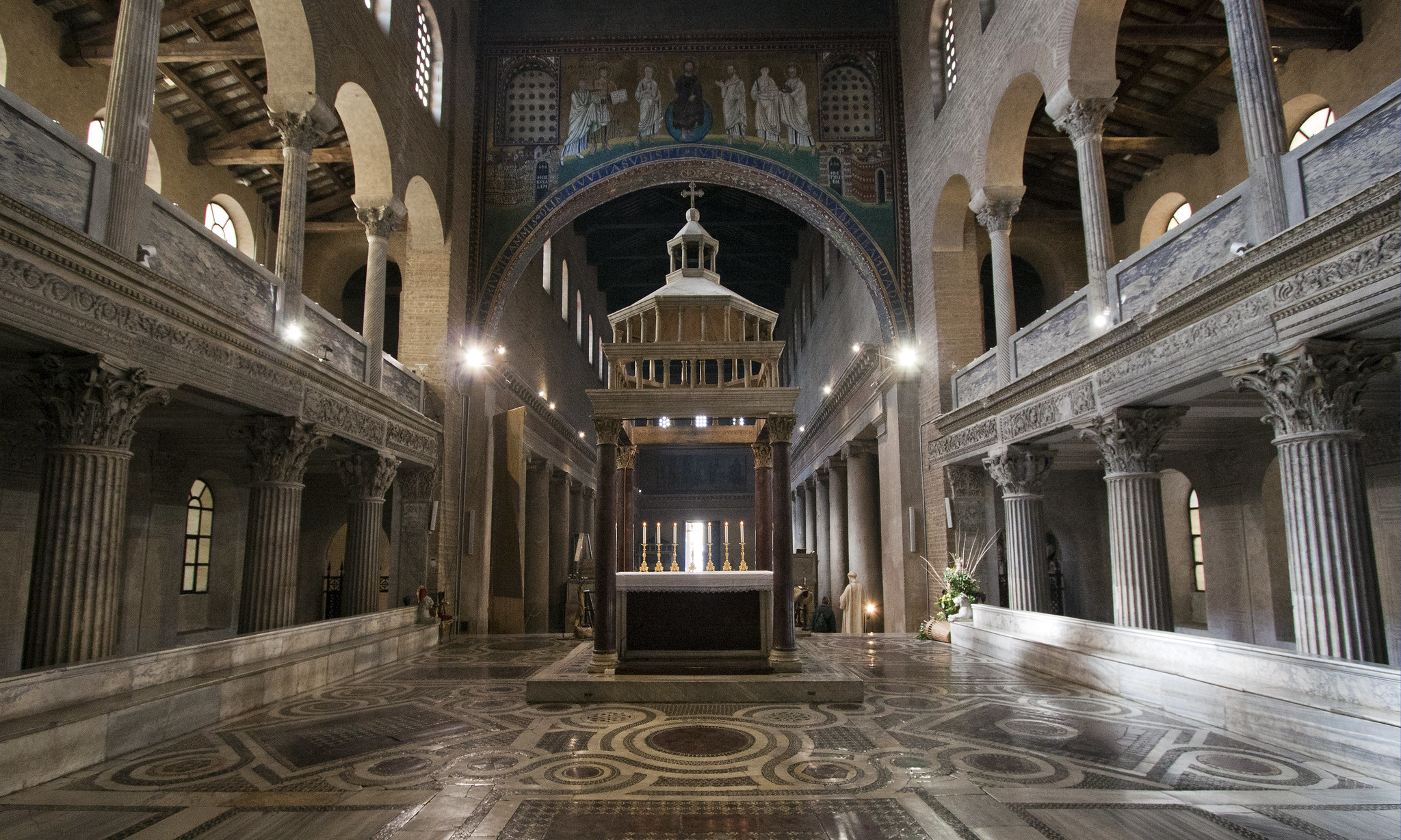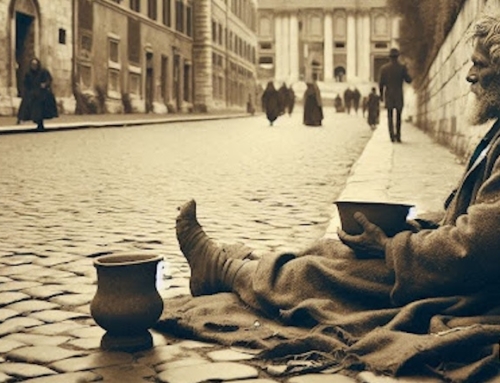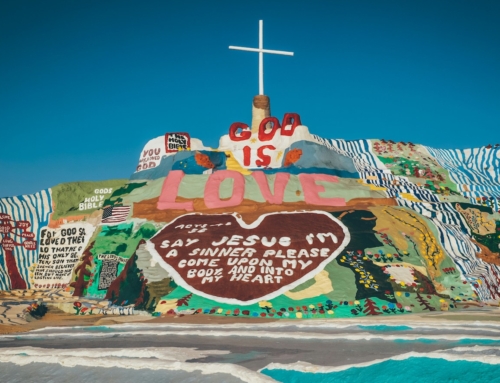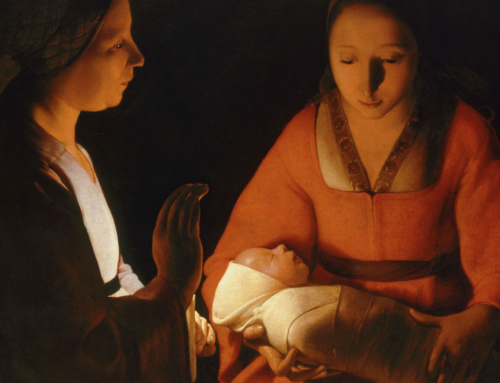Churches are built in various ways, but they all contain one basic element: the altar.
Whether the church is small and simple or large and extravagant, whether it be in the United States or somewhere in Europe, every church has an altar.
What is a church building without an altar? The altar makes the church to be what it is: a place where the faithful gather in worship before God. Well-designed churches highlight this fact within the architecture, making the altar the center of attention with lighting, arches, and various artistic elements. Everything should point to the altar.
And yet the most fascinating detail about the altar is not the building that surrounds it, however grand it may be, but the state of the altar itself. The altar is empty.
Perhaps a few candles and a crucifix stand upon the altar, with a simple white cloth falling to its sides. But that’s it. The altar sits within an extravagant building, a structure built to protect the altar—an empty altar.
The emptiness of the altar is like no other emptiness in the world. An auditorium has an emptiness, as does an unused dinner table, a finished mug of coffee, or a dried up lake. But in the case of the altar, the emptiness is only felt from a human perspective because from the divine perspective it is not so much empty, but full of life and love.
The more we allow grace to fill our hearts and the more our senses are attuned to spiritual realities, the more the emptiness of the altar becomes just that: a mystical center of energy and life. When we gaze upon the very place where heaven meets earth in the sacrifice of the Mass, the spot upon which the sacrifice of Jesus Christ is presented again and again to the Father until the end of time, our humanity comes into contact with divinity and our hearts begin to burn with the same love and desire that God has for each one of us. In short, we touch paradise.
The emptiness of the altar reminds us that our current state of affairs is only temporary. Since the Mass cannot be celebrated on the altar at every waking moment (and we cannot always be at it’s steps), it must remain a solitary monument to both the real emptiness of the world and the future glory of paradise.
With the eyes of faith, let us fall into the mystery surrounding the altar and live in the hope of the eternal liturgy of the world to come.
✠
Photo by Fr. Lawrence Lew, O.P. (used with permission)







